1. Books on Shelves
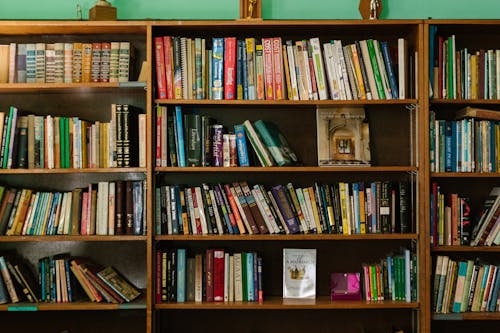
Once upon a time, a full bookshelf was a badge of curiosity and warmth. Now, minimalist design trends have us stashing novels in bins or swapping them for neutral-toned “decor” books. But a home lined with real pages tells a story — literally and emotionally. The sight of spines, creased and loved, gives texture to a space that no e-reader can replicate.
Books remind us of who we were when we first read them and who we might become when we return to them. Removing them for the sake of “visual calm” can make a room feel sterile and oddly impersonal. Studies have even linked visible books to increased curiosity and empathy in children. In other words, your messy shelf might be more meaningful than your perfectly staged console table.
2. Throw Blankets Everywhere
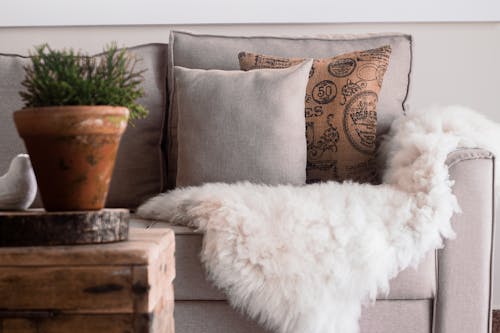
Blankets used to live draped across couches, the perfect invitation to get cozy. But now, “declutter gurus” insist they should be folded away in baskets or linen closets. The problem is, out of sight often means out of use — and nobody wants to go hunting for a blanket in the middle of a movie night. A tossed blanket says, “make yourself at home,” in a way that a pristine couch never can.
Soft textures also make rooms feel physically warmer, encouraging relaxation and lowering stress. There’s even a psychological effect called “hygge” — the Danish art of coziness — that thrives on these soft, layered comforts. A throw blanket in sight isn’t a mess; it’s a mood. The next time someone calls it clutter, remember: it’s really a visual cue for comfort.
3. Family Photos
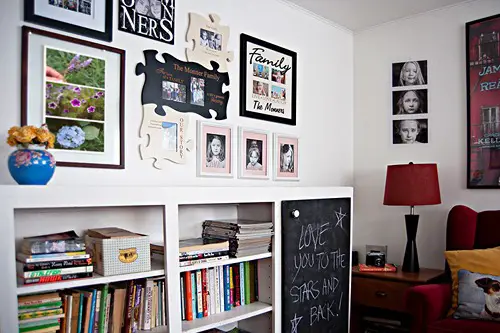
Personal photos used to dominate walls and mantels, but now they’re often replaced by abstract art or monochrome prints. The shift toward “clean lines” has somehow turned memories into visual noise. Yet seeing loved ones’ faces around the house can trigger dopamine and oxytocin — the same feel-good chemicals tied to bonding. Those candid snapshots remind us what actually matters.
Minimalist design might tell you to hide family photos behind matching frames or on one “statement wall,” but that misses the point. Real life isn’t color-coordinated — it’s vibrant and sometimes chaotic. Psychologists even note that visual reminders of relationships can reduce feelings of loneliness. A cluttered wall of family photos is, scientifically speaking, a wall of happiness.
4. Mugs You Actually Like
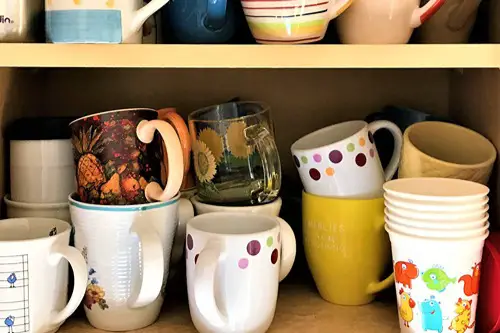
Everyone used to have a favorite mug — chipped handle, faded design, maybe from a vacation or a gift. Now, uniform mug sets and minimalist glass cups are the standard. But those mismatched mugs hold stories, and choosing one in the morning can be an oddly grounding ritual. It’s a small, tactile way to start your day with memory instead of monotony.
Ceramic mugs also retain heat better than glass or metal, meaning they’re more practical than they look. The mug you love might not “match,” but it matches you — and that’s what counts. In behavioral psychology, personal objects are linked to emotional resilience and self-expression. A cupboard full of mismatched mugs isn’t clutter; it’s a collection of morning rituals.
5. Paper Notes and Cards
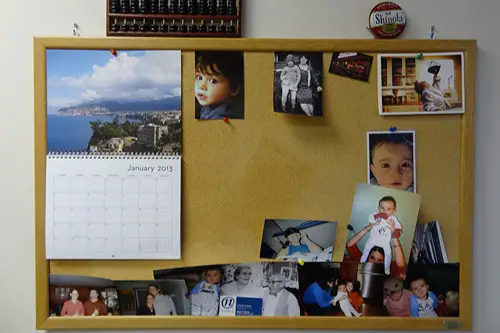
Handwritten notes used to live on fridges, bulletin boards, or tucked into mirrors. Today, most advice columns call them “visual clutter” and suggest digitizing everything. But physical notes stimulate tactile memory — that muscle memory of handwriting helps us recall information and emotions more vividly. A birthday card or sticky note can make a space feel alive in a way an app never will.
Researchers in cognitive psychology even show that people form stronger emotional connections to handwritten objects. That’s why we keep cards for years, long after their occasions have passed. These slips of paper are small archives of affection. Clearing them away for aesthetic minimalism means clearing away tiny pieces of connection.
6. Knickknacks from Travel
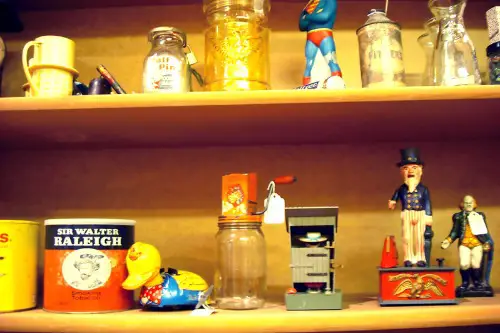
Souvenirs used to be prized keepsakes; now they’re often dismissed as “dust collectors.” But those little objects — the seashell from Greece, the wooden figurine from Mexico — are visual anchors for memory. Studies in environmental psychology suggest that mementos enhance a sense of identity and belonging. They remind you of where you’ve been and who you were when you were there.
Minimalist spaces might photograph better, but they don’t necessarily feel better. Personal artifacts give depth to our surroundings, sparking joy and conversation. They act as mental bookmarks in the story of our lives. Maybe that “cluttered” shelf is actually your autobiography in 3D.
7. Fridge Magnets
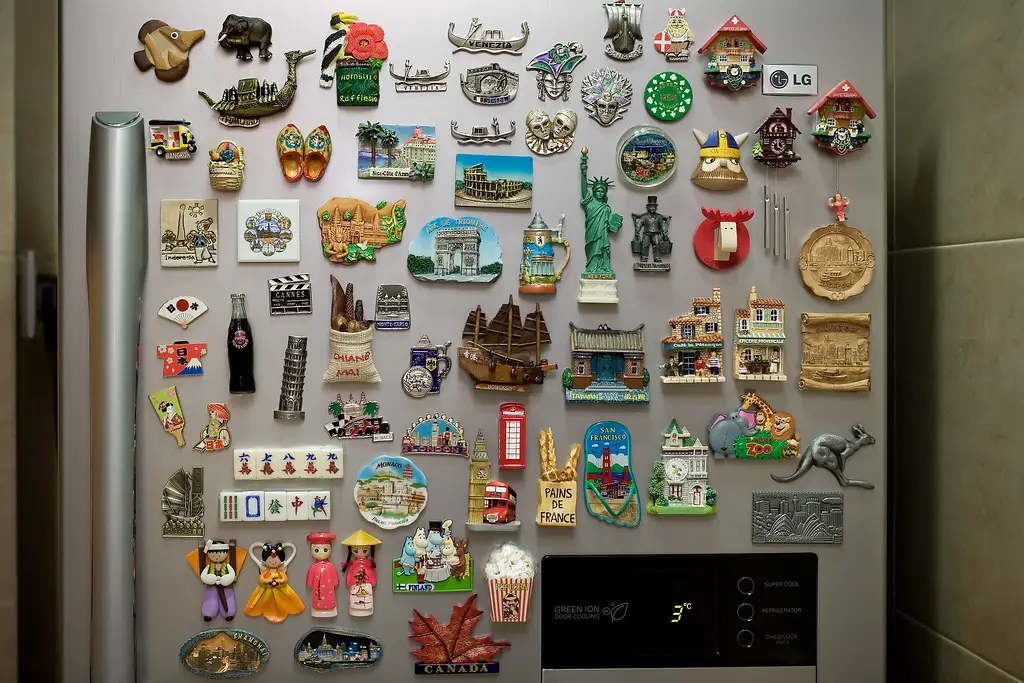
Once the ultimate family bulletin board, the refrigerator door has been declared off-limits by minimalists. But magnets and photos turn a cold appliance into a living scrapbook. They make kitchens feel personal — full of movement, memory, and color. A bare fridge might be sleek, but it rarely feels like home.
Family psychologists even note that shared displays (like fridge photos or kids’ drawings) help strengthen household bonds. It’s about visibility — when memories are displayed, they’re honored. A magnet-covered fridge isn’t clutter; it’s a map of shared experiences. Every photo or ticket stub is a reminder that life’s best moments are often the messy ones.
8. Candles and Scents
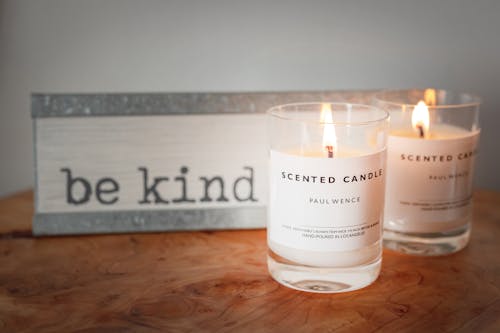
Candles used to be scattered around for scent and ambiance, but now the “decluttered look” favors hidden diffusers or none at all. Yet scent is one of the strongest memory triggers — lighting a candle can instantly calm your nervous system. Aromatherapy research backs this up: lavender, vanilla, and citrus scents all lower cortisol levels. A visible candle is really an invitation to slow down.
When we remove sensory elements for visual simplicity, we often lose emotional richness. A flickering flame engages your focus in a mindful way, almost meditative. There’s a reason so many self-care routines involve candles. The clutter isn’t the candle — it’s the stress you’re trying to melt away.
9. Throw Pillows
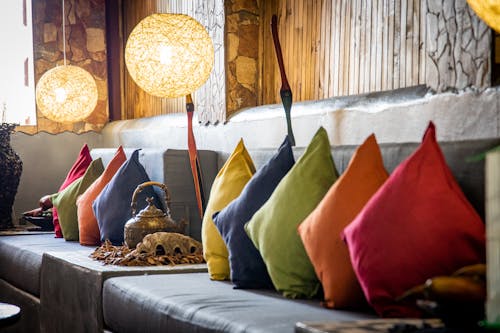
Decorators love to say “less is more,” but in the case of throw pillows, more really is more — more softness, more coziness, more comfort. Modern minimalism has turned them into a punchline about excess. But studies on sensory comfort show that soft surfaces reduce tension and promote relaxation. The right pillow pile can make a sofa feel like a sanctuary.
Beyond comfort, pillows also allow for personality — color, texture, playfulness. They’re one of the easiest ways to express mood or season. Stripping them away for a “cleaner” look often makes a space feel cold and incomplete. A few extra cushions aren’t clutter; they’re comfort cues.
10. Wall Calendars
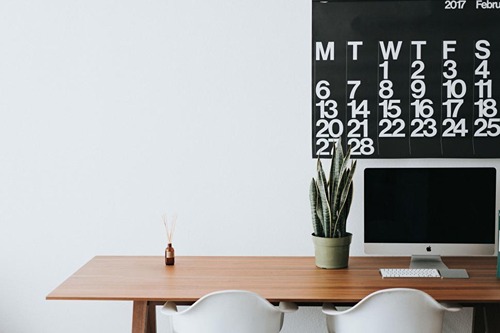
Digital calendars may rule our schedules, but wall calendars once ruled the kitchen — full of notes, birthdays, and family scribbles. Minimalist homes now hide them away, calling them “visual noise.” But seeing your month at a glance provides a unique kind of mental clarity. It’s a daily check-in with time that a phone notification can’t replace.
Visual scheduling has even been shown to improve memory retention and planning habits. There’s something grounding about flipping a page to a new month — it signals change in a tactile way. Plus, wall calendars often carry art, humor, or photos that bring personality to blank walls. Calling them clutter misses their quiet charm.
11. Cookbooks
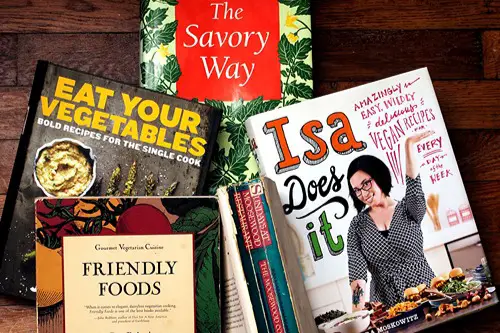
In the era of digital recipes, cookbooks are often relegated to storage boxes. But studies show that flipping through physical pages actually boosts creative thinking. Recipes surrounded by stains and scribbles tell the story of a home kitchen that’s lived in. Having them out isn’t messy — it’s motivating.
Cookbooks also serve as informal décor, adding warmth and character to a sterile kitchen. Seeing one open on the counter can nudge you to try something new or cook from memory. It’s less about aesthetics and more about emotional connection to food. Cluttered counters can be signs of care, not chaos.
12. Quilts and Handmade Textiles
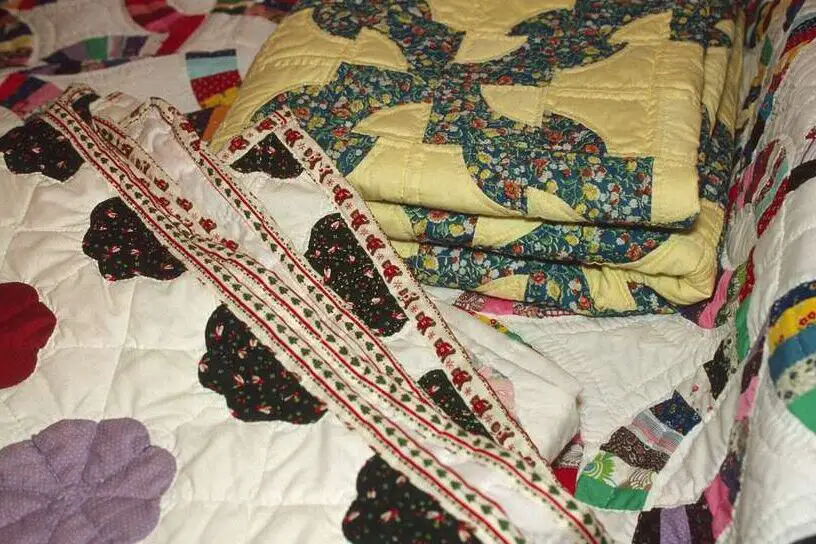
Minimalist bedding trends favor crisp white duvets and uniform linens. But handmade quilts, often passed down or crafted with love, used to be the centerpiece of comfort. Each stitch carries history and intention, making them deeply personal. They tell stories — of families, eras, and care.
Research on nostalgia shows that tactile, handmade items evoke warmth and emotional well-being. A perfectly folded blanket can’t replicate the feeling of a quilt that’s been hugged for decades. When we hide these for visual uniformity, we lose cultural and emotional continuity. Your “cluttered” quilt pile might actually be an heirloom gallery.
13. Magazines and Newspapers
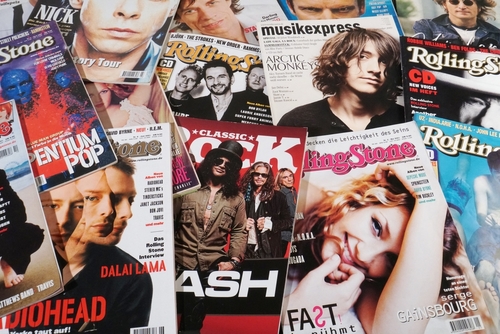
Stacks of magazines once meant curiosity — now they’re a supposed sign of disorganization. But printed media provides a kind of tactile engagement digital screens can’t. Reading on paper improves comprehension and reduces eye strain. A small pile of reading material signals an active, inquisitive mind.
Plus, design magazines and Sunday papers are part of a slow-living ritual. They invite you to pause, flip pages, and linger. Studies show that reading physical print promotes relaxation and focus in a way scrolling can’t. That stack on your coffee table isn’t clutter; it’s a conversation starter.
14. Trinket Dishes and Catch-All Bowls
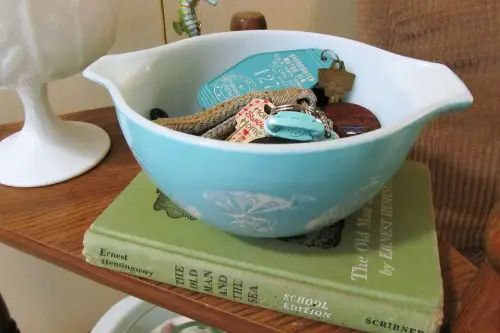
Those little bowls for keys, coins, or jewelry used to be staples of entryways and dressers. Minimalist advice columns now label them “junk collectors.” But in reality, they serve a vital organizational function — keeping daily chaos in check. A good catch-all doesn’t create clutter; it prevents it.
Behavioral design experts even recommend “landing zones” to reduce cognitive load and lost items. Having a designated place for small things is part of an intentional home system. The problem isn’t the dish — it’s pretending life doesn’t come with stuff. A little bowl by the door is the most honest kind of order.
15. Houseplants
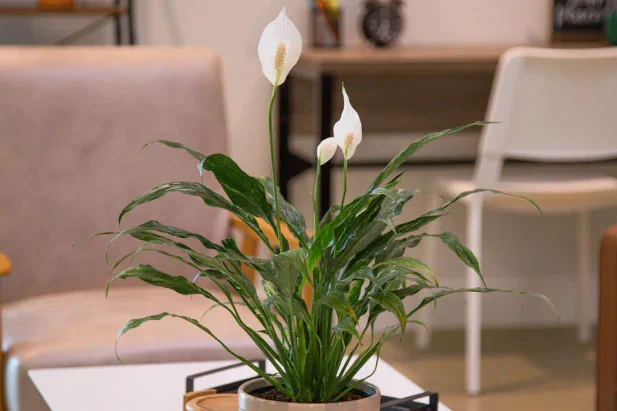
Ironically, even houseplants have fallen prey to decluttering trends, especially in extreme minimalism. But plants improve air quality, reduce stress, and boost concentration — all measurable benefits. NASA’s studies on indoor plants confirm their air-purifying potential, while newer research links greenery to emotional well-being. A few pots on a sill can literally make you happier.
Visually, plants bring life to still spaces — the opposite of clutter. Their growth mirrors our own: slow, imperfect, resilient. Removing them for a “cleaner aesthetic” means removing one of the few living things in a home. A lush corner isn’t chaos; it’s evidence of care.
This post 15 Everyday Comforts That Got Rebranded as “Clutter” was first published on Greenhouse Black.
